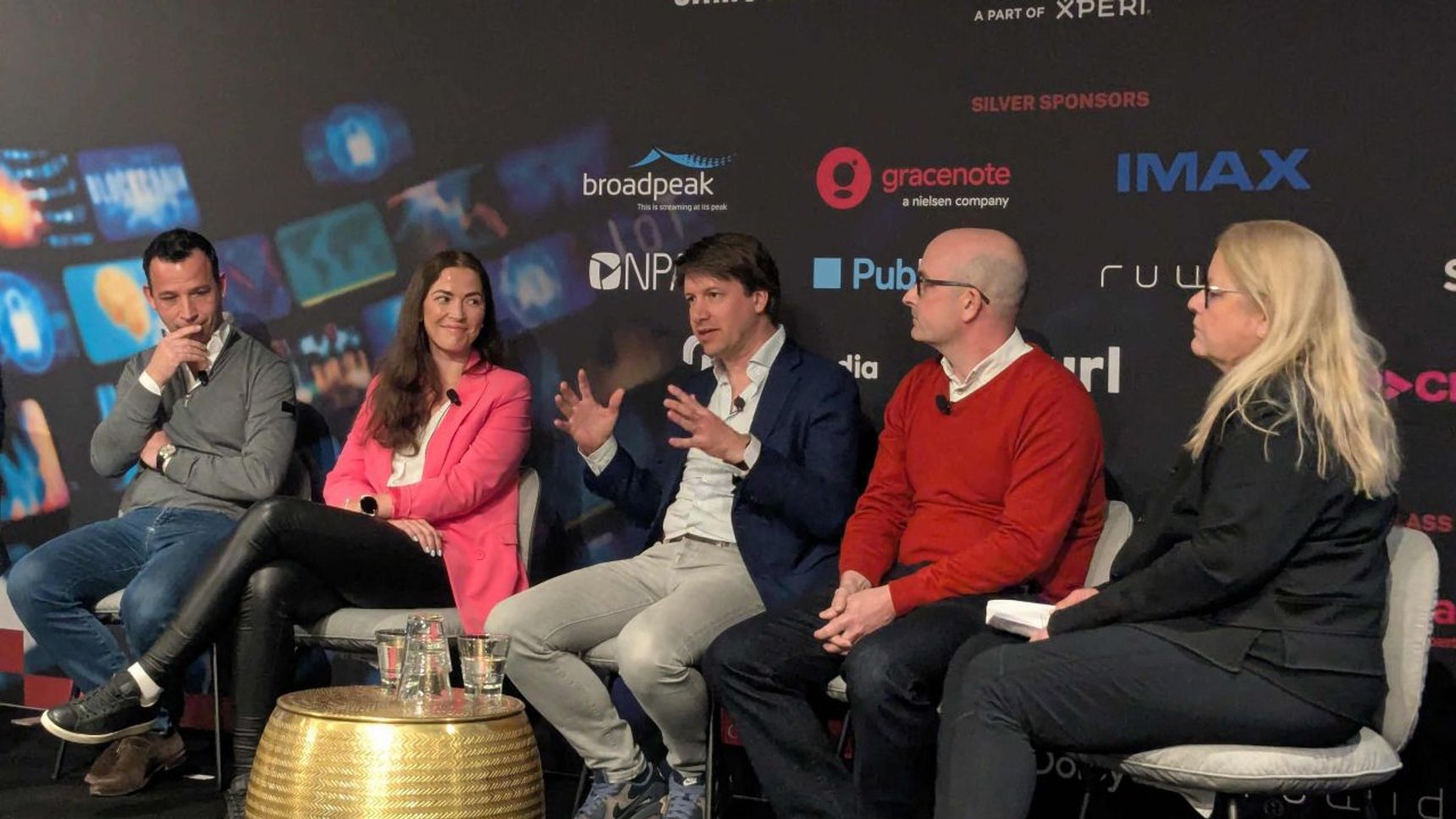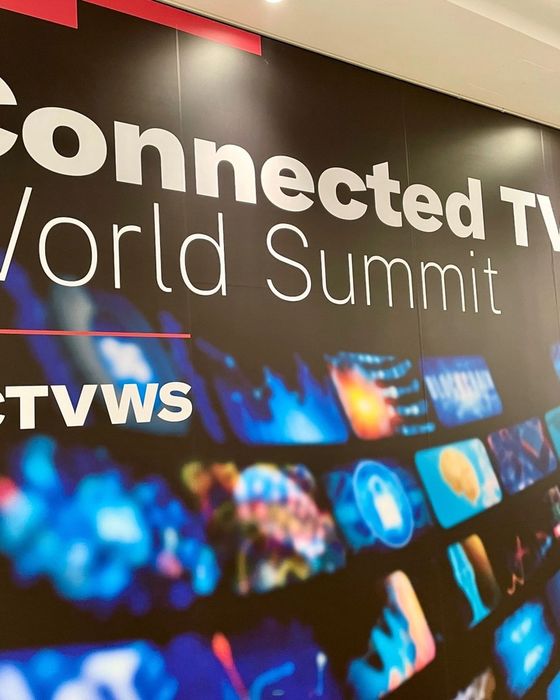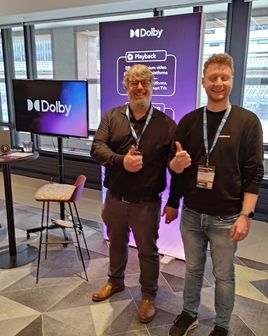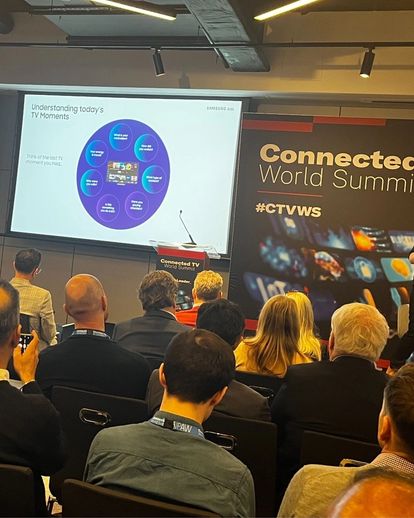
Last week, London played host to the annual Connected TV World Summit, bringing together industry leaders to share insights on the evolving streaming landscape, the battle for viewers, and the future of live event broadcasting.
Here’s what stood out to me during my time there.
01 The battle of ecosystems is heating up
While the summit focused on connected TV, the event highlighted a broader industry trend: everyone is fighting for viewer attention. App owners, FAST channel distributors, rights holders, Pay TV operators, and smart TV manufacturers all want to be the first thing that users see. Because that’s where content discovery, UX, and advertising value are decided.

02 Pay TV is rethinking its role
Pay TV operators know they must evolve to stay relevant. One of the most compelling insights came from Liberty Global’s Chris van der Linden: UX needs to work for everyone —whether you’re 16, 50, or 75. KPN’s Alejandro Casal shared how they cater to different demographics with a mix of modern app interfaces and classic TV guides (EPGs) for those who prefer a familiar browsing experience. They also allow flexible subscription toggling, letting users switch services on and off monthly; a smart way to keep customers engaged without overwhelming them.
Bundles are back. Consumers want flexibility, but they also value simplicity. Operators who strike the right balance will have the edge.
03 Regional streamers are winning on engagement
Global streamers may dominate the conversation, but regional platforms are thriving. Case in point: Shahid, an Arabic-focused OTT service, has over 20 million subscribers across SVOD and AVOD. Despite its scale, many outside the region—including myself—had never heard of it. It shows just how big regional streamers can become, with much of the world not even knowing they exist.
Shahid’s success stems from its deep market understanding. It offers hyper-localized content, aligns programming with cultural events like Ramadan, and executes aggressive social media campaigns featuring actors and influencers to grow the user base. This hyper-focus drives engagement in ways that global platforms struggle to match.
04 MAUD: The future of live event streaming?
Live sports streaming has been the talk of the industry for a while now. We’ve seen some of the largest streamers struggle to handle 60+ million concurrent streams, and for good reason. That’s an enormous amount of data to push through ISP networks. That’s where MAUD (Multicast Assisted Unicast Delivery) comes in. MAUD leverages existing multicast networks to distribute streams efficiently, reducing bandwidth strain without requiring new hardware or app updates.

Colin Phillips shared some impressive results from using MAUD in production at British Telecom. But is MAUD the future? That depends. For ISPs with existing multicast networks, MAUD is a low-effort, high-reward solution. However, as Iuniana Oprescu, Principal CDN Architect at Sky, pointed out, ISPs without multicast would need to build and maintain a whole new infrastructure—an investment that might be better spent on expanding unicast capacity instead. Colin Phillips shared production test results showing significant bandwidth savings, making MAUD a strong option for the right networks, but not a one-size-fits-all fix.



Connected TV Summit 2025 showed one thing: the industry is evolving fast. Smart TV manufacturers are expanding their reach, Pay TV operators are bundling to stay competitive, and global apps are finding new ways to grow. Meanwhile, regional streamers are leveraging local content to build strong followings.
Staying competitive in the Connected TV space means adapting fast. With our 25 years of expertise in media tech we know what it takes to help drive digital transformation. Let’s connect if you want to explore the key takeaways further, or reach out to my colleague Sander de Vries who’s visiting NAB Show Las Vegas in April.
